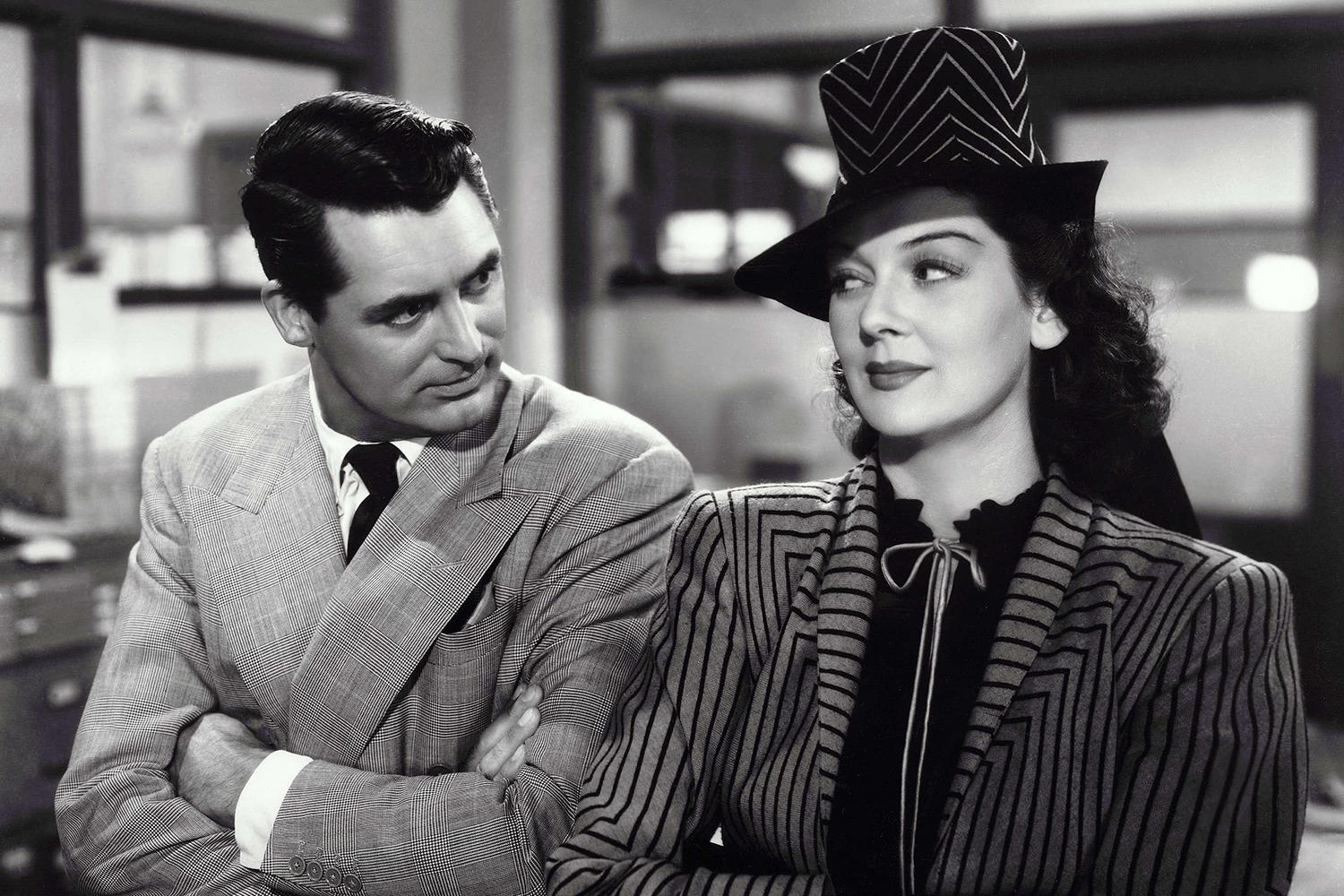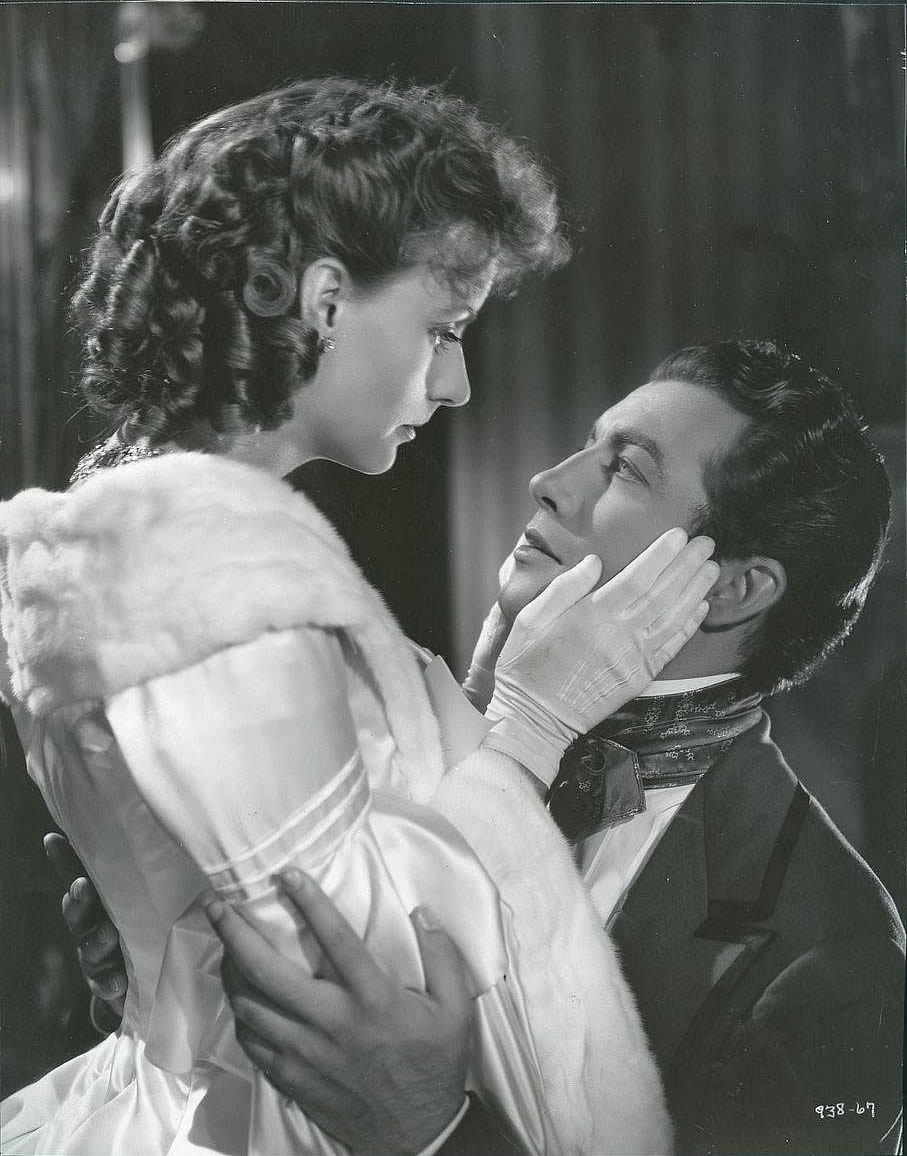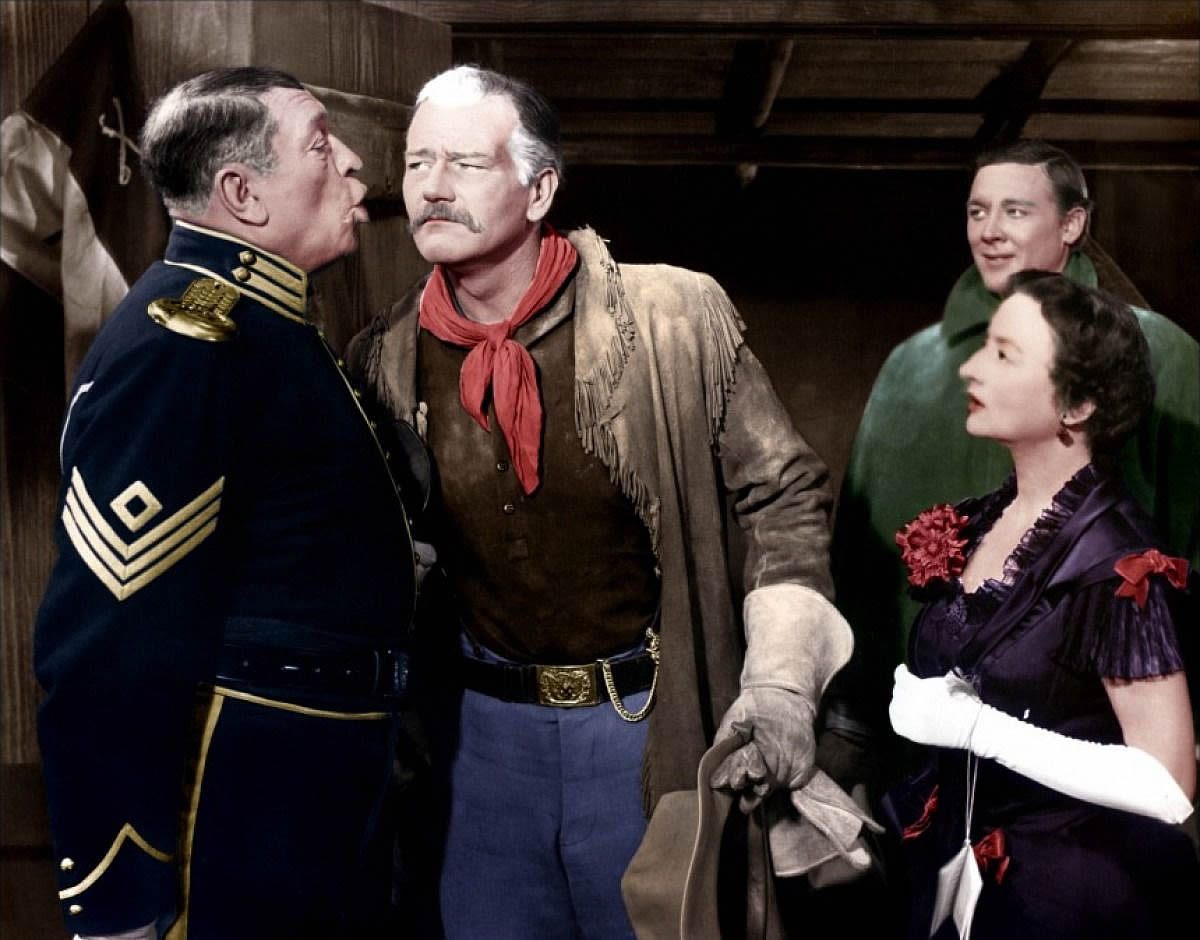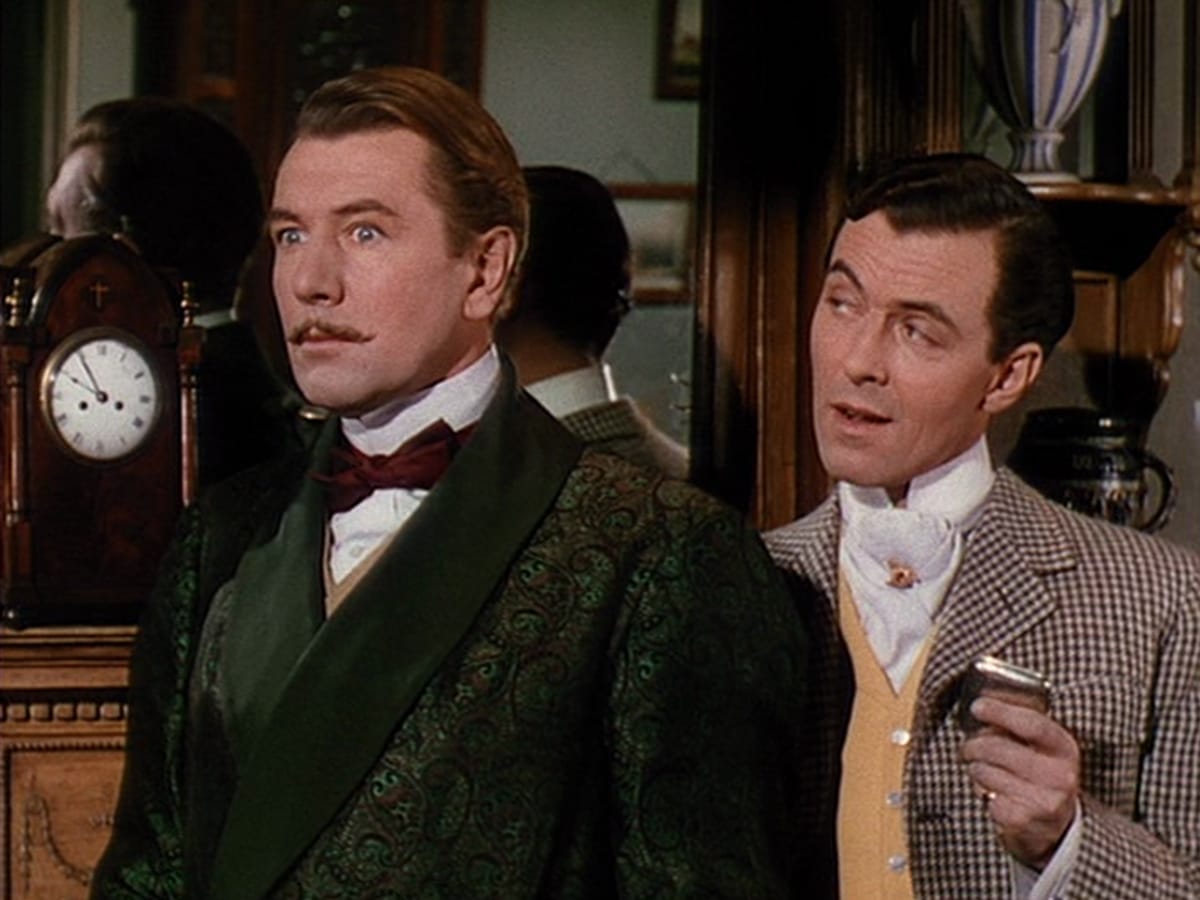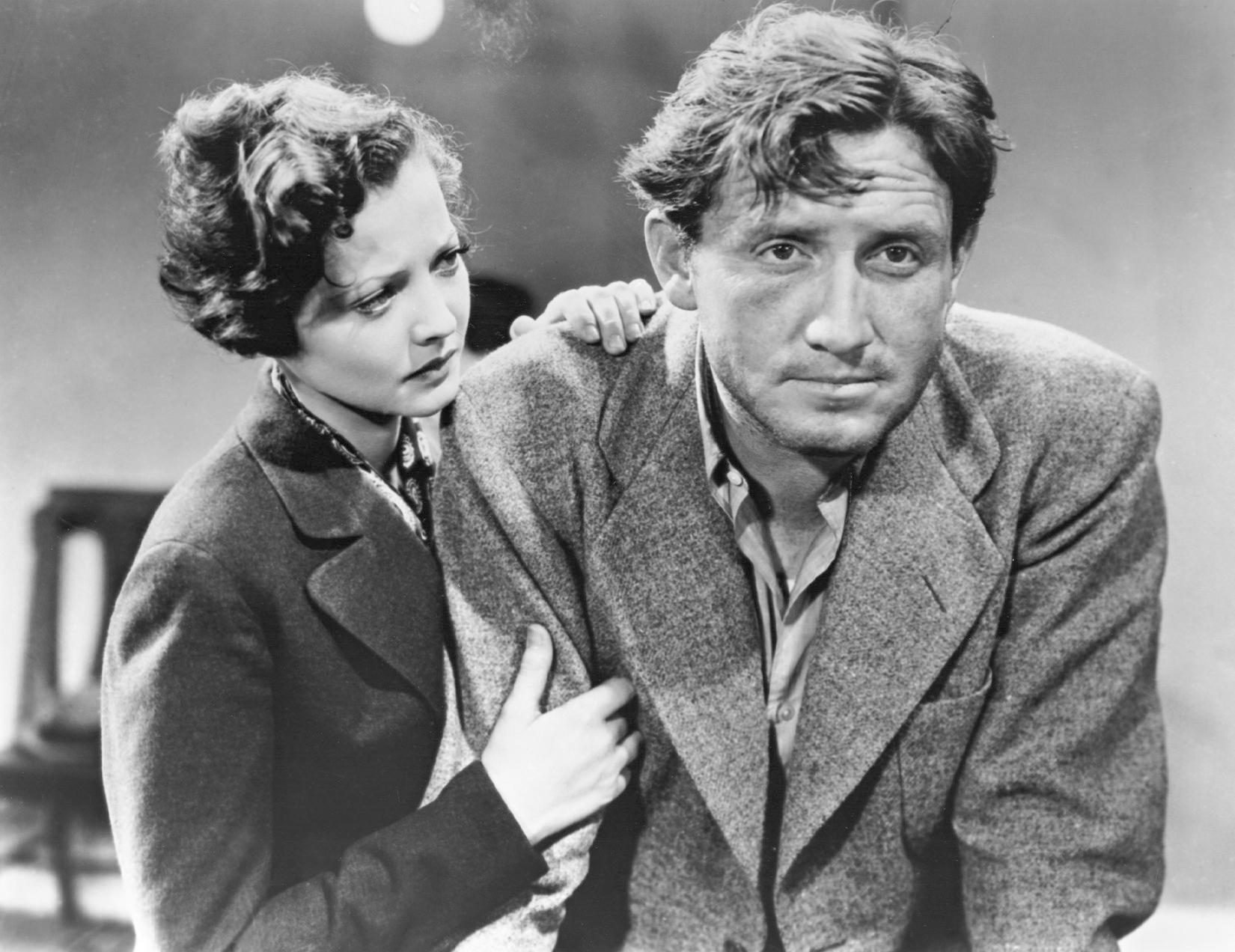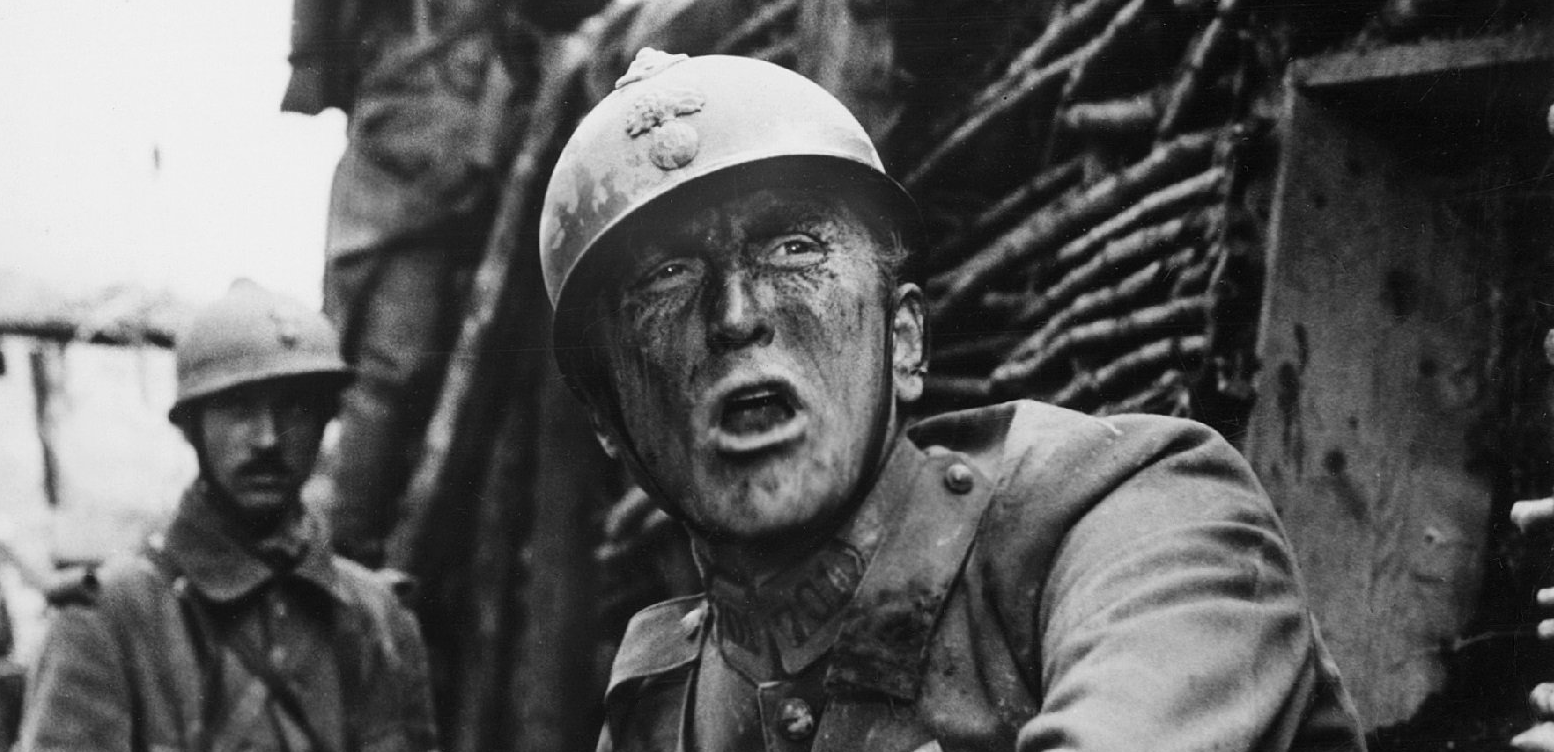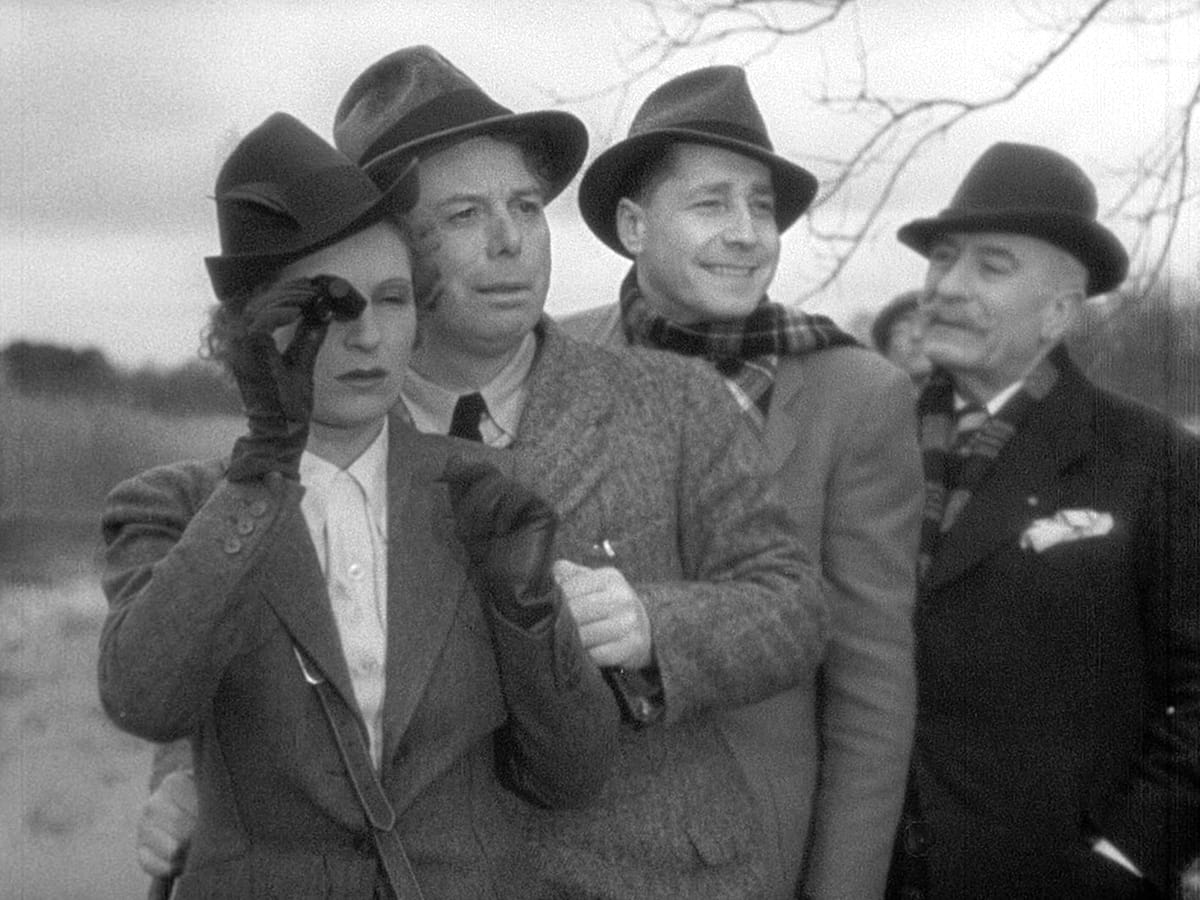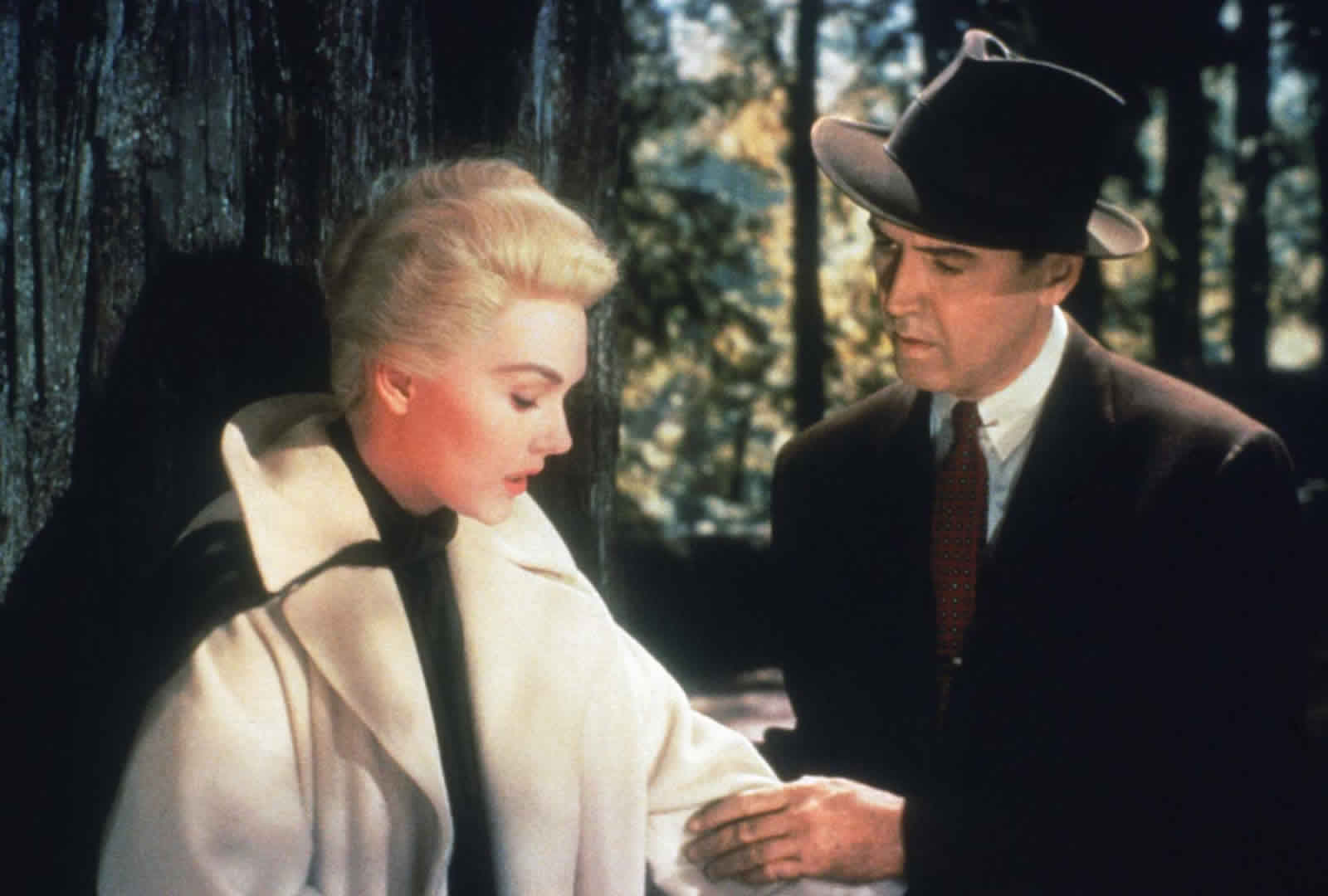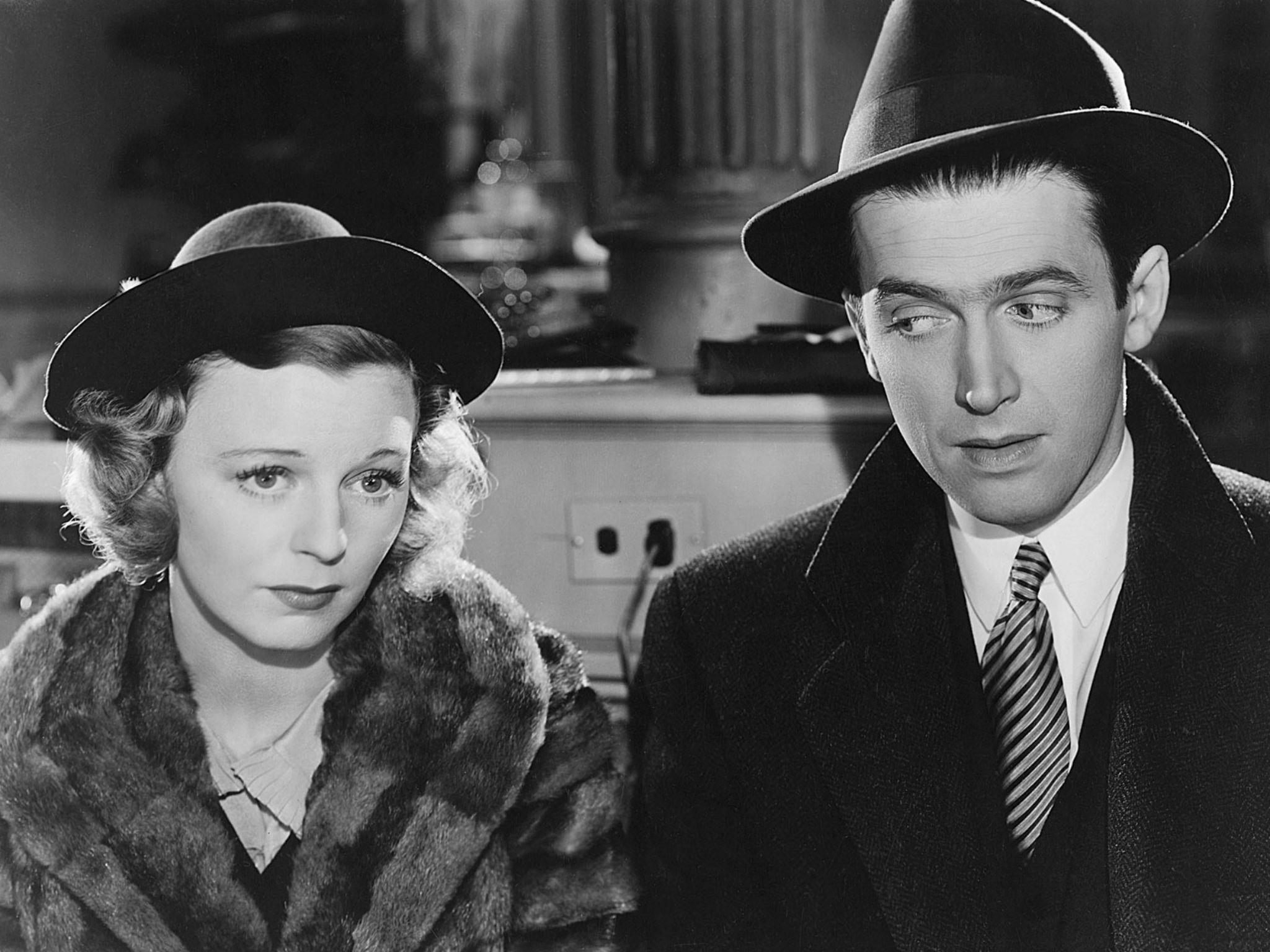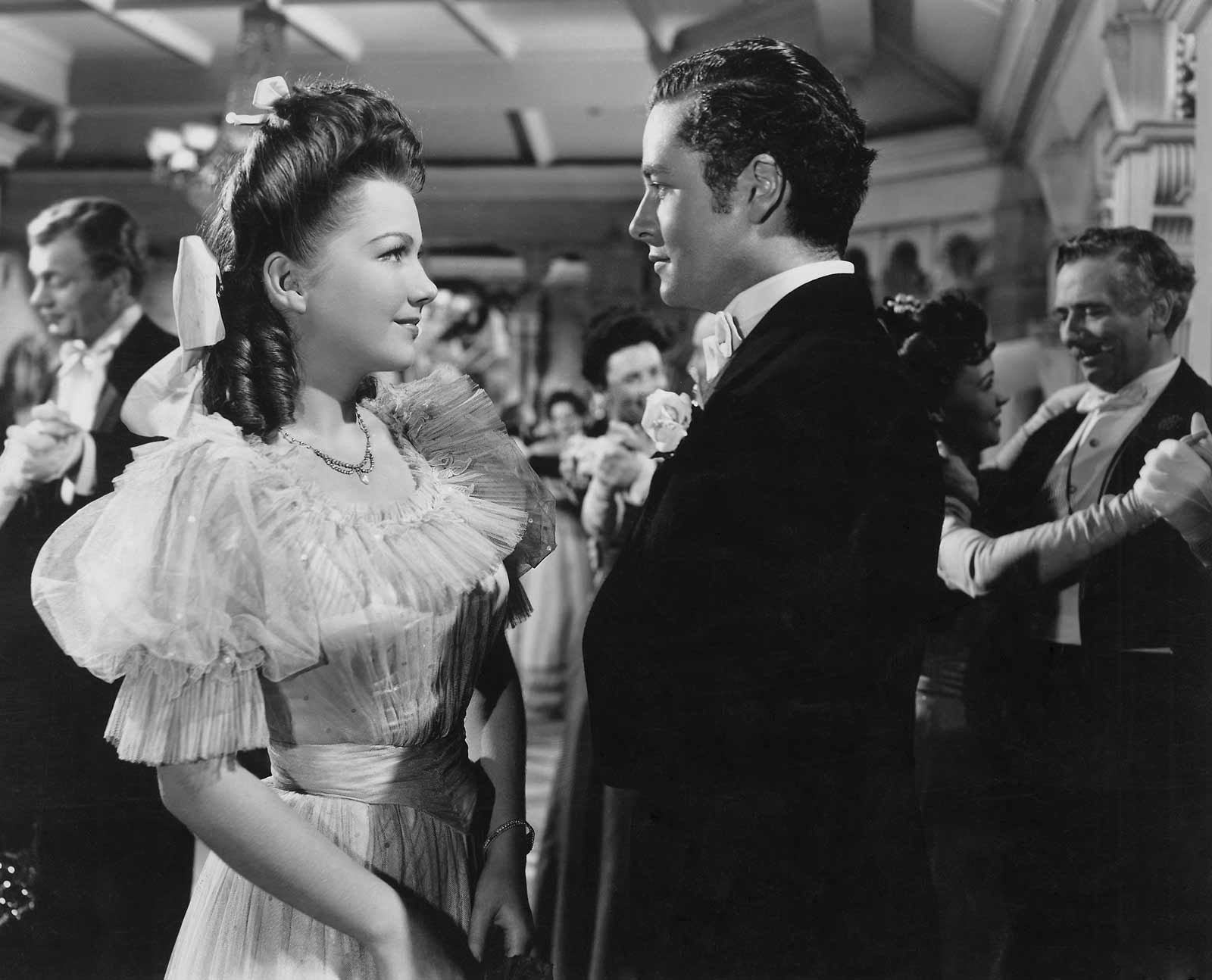Want to see the true genius of Howard Hawks? You only have to look as far as His Girl Friday (1940). As good as Ben Hecht’s play The Front Page was, it took Hawks (with Hecht’s assistance) to take it to the next level. Hawks talked about the origin of the film in an interview with Peter Bogdanovich:
I was going to prove to somebody one night that The Front Page had the finest modern dialogue that had been written, and I asked a girl to read Hildy’s part and I read the editor and I stopped and I said, ‘Hell, it’s better between a girl and a man than between two men,’ and I called Ben Hecht and I said, ‘What would you think of changing it so that Hildy is a girl?’ And he said, I think it’s a great idea,’ and he came out and we did it.
Much has been written about the Hawksian woman, who can hold her own against a group of rowdy and insular males, but is no less feminine for being able to do so. For Hawks to convert a best-friend role to a best-gal role was almost second nature. Hawks did more than just change the gender of one of the characters. He kept most of the drama involving Earl Williams, the convicted murdered, but he also built up what would become the main concerns of the film — will Hildy walk out on Walter Burns, quit the Morning Post, and marry her fiancée? If the film has a flaw, it’s the wide swings between its dramatic and comedic threads. Fortunately, Hawks and Hecht interweave the two at such a frantic pace, we barely have time to consider the incongruities.
In a 1956 interview with Jacques Becker, Jacques Rivette, and Françoise Truffaut, Hawks spoke about the benefits of a fast pace:
I generally work with a faster than usual tempo than that of most of my colleagues. It seems more natural to me, less forced. I personally speak slowly, but people generally talk, talk, talk without even waiting for other people to finish. Also, if a scene is a bit weak, the more rapidly you shoot it, the better it will be on the screen. Moreover, if the tempo is fast you can emphasize a point by slowing the rhythm.
This film is often praised for its overlapping dialogue. Delivered in rapid-fire fashion — yet never seeming unnatural or forced — the script is a textbook example of how to engage the viewer with wit and style. The one-liners, causal asides, and occasional in-jokes make the first twenty minutes about as good as it gets. Cary Grant, Rosalind Russell, Ralph Bellamy, and a fine supporting cast round out the talent for one of the finest comedies ever.
His Girl Friday
(1952; directed by Howard Hawks)
The Criterion Collection (Blu-ray and DVD)
Tuesday, March 12 at 8:00 p.m. eastern on Turner Classic Movies
